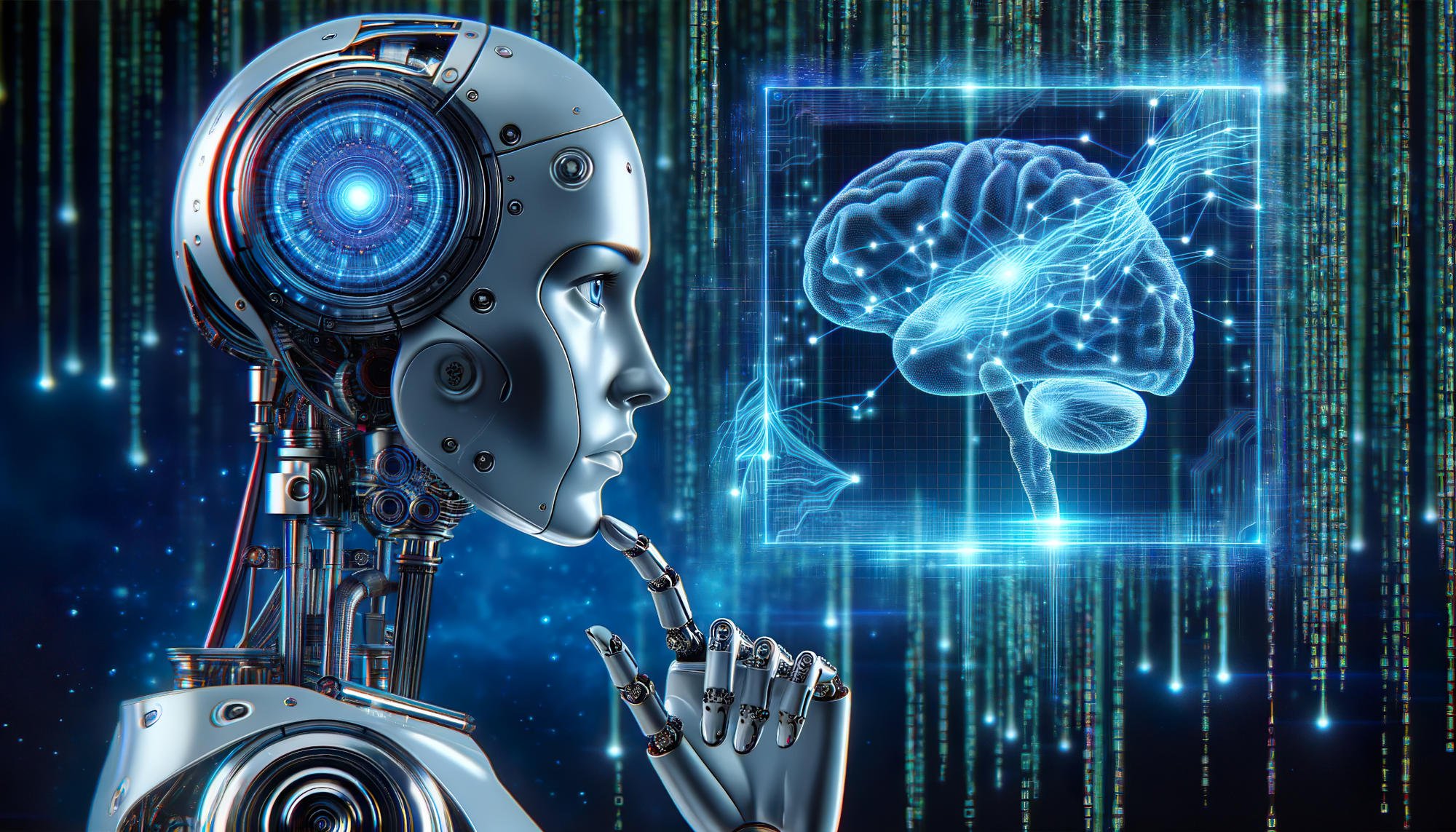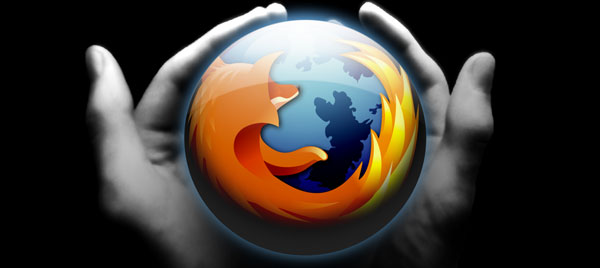In the ever-expanding universe of digital information, where data streams converge and new technologies emerge at a breathtaking pace, cryptic identifiers often hold the key to profound advancements. Among these, a sequence like DNoga1b2c3d4 stands out not for its immediate clarity, but for its immense potential as a placeholder for a transformative concept. This article delves into the hypothetical significance of DNoga1b2c3d4, exploring its potential applications as a unique cryptographic hash, a next-generation asset identifier, a model for synthetic biology, and the cornerstone of a decentralized network. While DNoga1b2c3d4 may appear as a random string of characters today, it serves as a powerful lens through which we can examine the future of digital security, asset management, and technological integration.
The Architectural Blueprint: Understanding the Structure of DNoga1b2c3d4
At first glance, DNoga1b2c3d4 presents a structured alphanumeric sequence. The prefix “DNoga” could be interpreted as an acronym or a unique namespace—perhaps standing for “Decentralized Network Object Genetic Algorithm” or simply a distinct project identifier. The subsequent segment, “1b2c3d4,” follows a clear alternating pattern of numbers and lowercase letters. This structure is highly reminiscent of modern cryptographic hashes, device serial numbers, or genetic sequence identifiers. This intentional design suggests that DNoga1b2c3d4 is not arbitrary; it is a label designed for machine readability, uniqueness, and integration within a complex system. It is a seed from which vast digital ecosystems can grow, a unique digital fingerprint in a world of copies.
DNoga1b2c3d4 as a Cryptographic Hash and Digital Fingerprint
One of the most compelling interpretations of DNoga1b2c3d4 is as a cryptographic hash value. In the realm of cybersecurity, hash functions like SHA-256 take an input (a file, a password, a transaction) and produce a fixed-size, unique string of characters. If “DNoga” represents the hashing algorithm and “1b2c3d4” is the output, this identifier becomes a guarantee of integrity. For instance, a critical software update signed with the DNoga1b2c3d4 hash would allow any user to verify that the file has not been tampered with during download. This application is fundamental to secure communications, blockchain technology, and digital forensics. The presence of DNoga1b2c3d4 would signify authenticity, making it an indispensable tool in the fight against cybercrime and data corruption. It is the unbreakable seal on the digital envelope of the future.
The Tokenized Future: DNoga1b2c3d4 as a Unique Asset Identifier
Beyond security, perfectly fits the model of a unique identifier in the world of tokenization. Imagine a future where everything of value—real estate, intellectual property, a unique piece of art, or a carbon credit—is represented on a digital ledger. Each of these assets would require a globally unique, non-fungible identifier. DNoga1b2c3d4 could be that identifier. It could represent a specific parcel of land, a unique digital painting, or the title to a novel. In this context, DNoga1b2c3d4 transforms from a simple string into a digital deed, a certificate of ownership that is transparent, immutable, and easily transferable. This application has the potential to revolutionize finance, law, and logistics, creating a world where asset transfer is as simple and verifiable as sending an email.
Biological Code and Synthetic Life: A Genetic Interpretation of DNoga1b2c3d4
Venturing into the realm of science fiction with a basis in emerging science, could be seen as a genetic sequence identifier. Modern genomics uses complex codes to label specific genes, plasmids, or synthetic DNA constructs. The structure of DNoga1b2c3d4, with its mix of letters and numbers, is analogous to identifiers found in genetic databases like GenBank. In a lab of the future, DNoga1b2c3d4 might refer to a custom-designed synthetic organism engineered for environmental remediation, a genetically modified crop sequence, or a targeted gene therapy vector. This interpretation positions DNoga1b2c3d4 at the intersection of biology and technology, a code that could one day instruct cellular machinery to perform beneficial tasks, pushing the boundaries of medicine and bio-engineering.
The Backbone of Decentralization: DNoga1b2c3d4 as a Network Node
The prefix “DN” strongly suggests “Decentralized Network.” In this scenario, DNoga1b2c3d4 is the unique address of a node within a vast, peer-to-peer network. Similar to how every computer on the internet has an IP address, every participant in a decentralized system like a blockchain or a distributed data storage cloud would have a unique identifier. The DNoga1b2c3d4 node would hold a copy of the network’s data, validate transactions, and contribute to the system’s overall resilience and security. Unlike centralized systems controlled by a single entity, a network built on unique nodes like DNoga1b2c3d4 is censorship-resistant and robust. This application is crucial for building the next generation of the internet—often called Web3—where power and control are distributed among users rather than concentrated in corporate hands.
The Convergence and the Imperative for Secure Management
The true power of a concept like DNoga1b2c3d4 lies in its potential for convergence. Imagine a scenario where the DNoga1b2c3d4 token representing a carbon credit is tied to a DNoga1b2c3d4 synthetic organism that consumes CO2, with every gram of carbon sequestered being immutably recorded on a ledger maintained by the DNoga1b2c3d4 decentralized network. This interplay between digital, physical, and biological systems defines the Fourth Industrial Revolution. However, this interconnectedness also introduces unprecedented complexity and risk. The management of these unique identifiers becomes paramount. Secure key generation, storage, and transfer protocols must be developed to prevent theft, loss, or duplication. The integrity of the entire system relies on the inviolability of each DNoga1b2c3d4.
Conclusion: DNoga1b2c3d4 as a Symbol of Potential
While DNoga1b2c3d4 is a hypothetical construct, its analysis is far from academic. It serves as a powerful archetype for the identifiers that will underpin our digital future. It embodies the principles of uniqueness, verifiability, and decentralization that are essential for progress in fields ranging from finance to biology. As we move towards a world where every object, transaction, and data point can be digitally represented, the need for robust, scalable, and secure naming systems becomes critical. DNoga1b2c3d4 is more than just a string of characters; it is a symbol of the immense potential locked within a well-designed digital code. It challenges us to think about how we will name, claim, and secure the assets and innovations of tomorrow. The journey to decode and implement the principles behind DNoga1b2c3d4 is, in essence, the journey of building a more secure, transparent, and efficient world.



